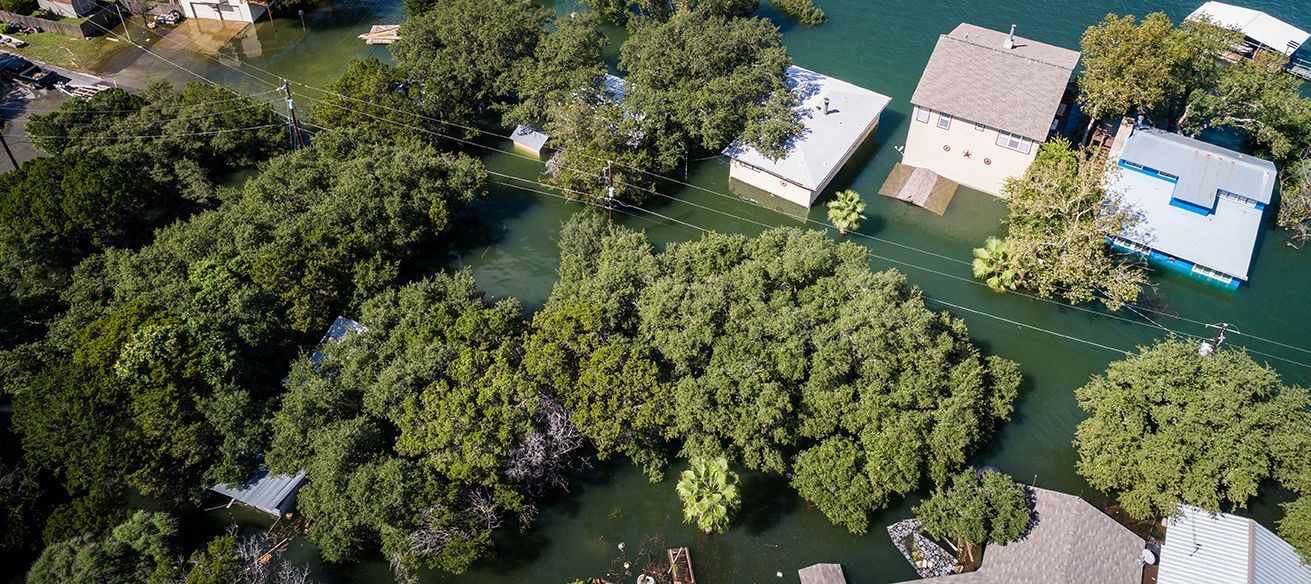Housing Resilience Roundtable hosted by NGA and IBTS Used as Basis for NGA White Paper on Resilient Planning & Recovery Best Practices for States
Share this article:

September 30, 2019 –Ashburn, VA
NGA publishes white paper issuing recommendations to help states enhance resilience to natural disasters based on housing resilience roundtable hosted in conjunction with IBTS.
The National Governors Association (NGA) issued a white paper outlining state actions to enhance preparedness for disaster, informed by perspectives from a roundtable on enhancing housing resilience that NGA hosted in January 2019 in conjunction with the Institute for Building Technology and Safety (IBTS).
The white paper recommends state policies and actions to improve the resilience of the nation’s housing stock, including measures to build resilience into planning processes before a disaster strikes. This information is timely given the substantial increases in damages from natural disasters in recent years.
Citing specific examples from Connecticut and North Carolina, the NGA white paper outlines which measures states can take during periods of calm, in the immediate aftermath of a disaster, and once the state has recovered. The recommendations include:
- During blue skies, state and local agencies should convene interagency response and recovery planning meetings to build relationships among emergency managers, grant administrators, state insurance commissioners, state and local recovery planners, community and urban planners, as well as nonprofit organizations that respond to disasters.
- Before a disaster hits, building codes should be examined, updated, and enforced to ensure the most modern and protective enhancements are applied to the state’s housing stock. States should evaluate whether vulnerable populations face higher risks during disaster response and recovery.
- In the immediate aftermath of a disaster, states should consider supplementing recovery programs – which are often temporary – with nonprofit organizations and local governments with experience administering federal mitigation projects and grant programs.
- After the recovery program has concluded, working groups established before a disaster and during the recovery process should continue meeting to exercise muscle memory for when next disaster hits.
IBTS works with NGA, which is one of IBTS’ Board Appointing Associations, to support states with natural disaster management and resilience services. Our disaster recovery team members have over 400 years of combined CDBG-DR experience and have administered or managed over $30 billion in Community Development Block Grant Disaster Recovery (CDBG-DR) funding.
Contact Texas Region Director Steve Traina at straina@ibts.org to learn more about IBTS’ natural disaster management services, and Resilience Program Manager Patrick Howell at phowell@ibts.org to learn more about IBTS’ resilience services.
Press Contact:
Karen Johnson
Market Engagement Program Director
kjohnson@ibts.org
About IBTS:
IBTS is a 501(c)(3) nonprofit organization committed to helping communities through quality services that reduce risk, enhance public safety, and improve quality of life. IBTS is headquartered in Ashburn, Virginia with branch offices across the country. IBTS’s work is guided by a Board of Directors made up of government officials appointed by five of the most highly respected, grassroots, state and local governmental associations, including the Council of State Governments (CSG), International City/County Management Association (ICMA), National Association of Counties (NACo), National Governors Association Center for Best Practices (NGA Center), and National League of Cities (NLC).





